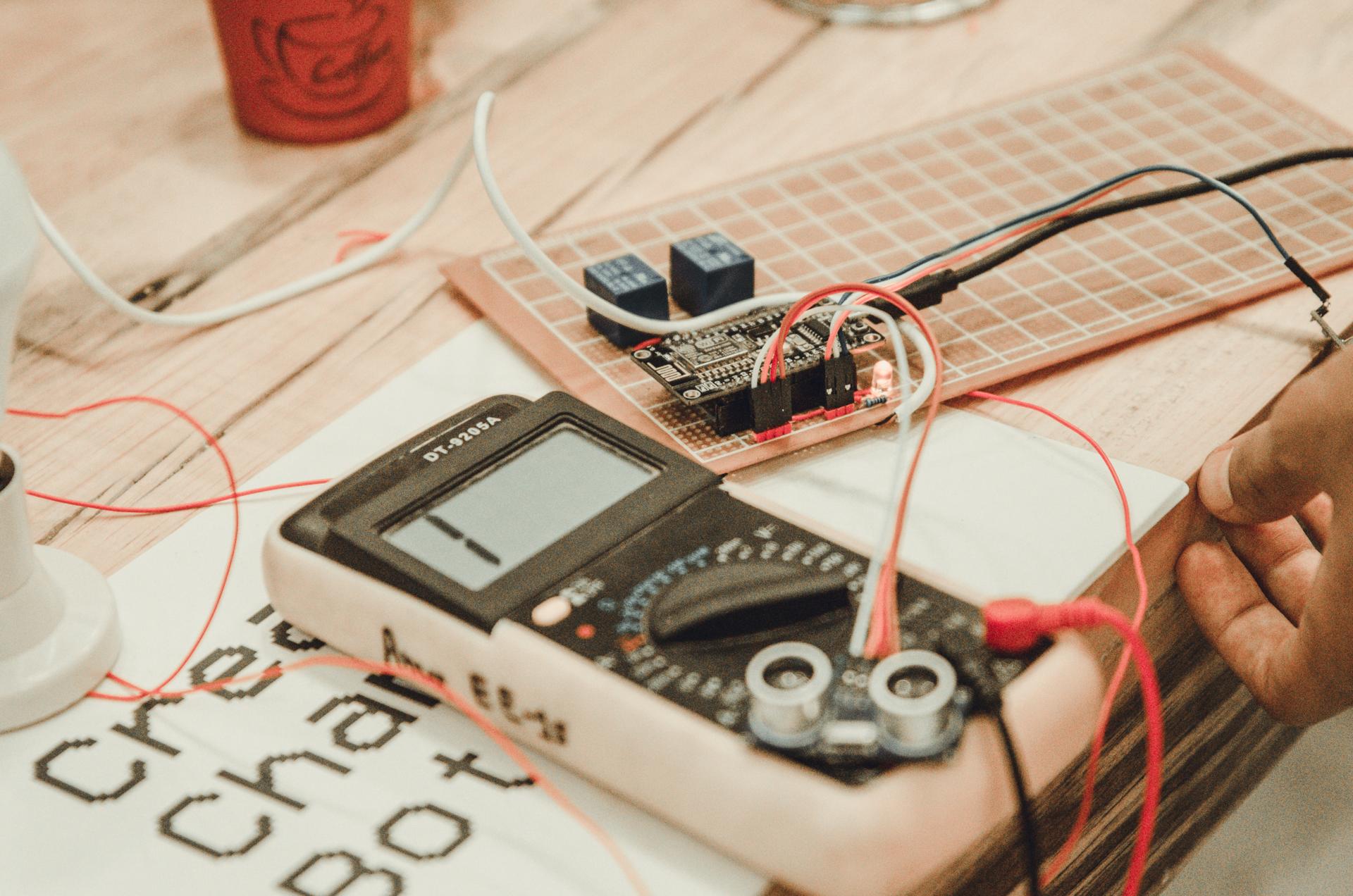Don't Risk Your Safety: Follow These Steps to Perform an Electrical Safety Test at Your Place.

In terms of security in your home one of the primary areas to think about is electrical safety. Electrical safety testing is the process of evaluating the electrical system in your home to ensure it’s safe and up-to-code. In this article, we’ll provide you with an overview of what the electrical safety tests are, what tools you’ll require to conduct them, how to perform the tests, and what warning signs you should be on the lookout for.
What exactly is what is an Electrical Safety Test?
A safety test for electrical appliances is the process of checking the electrical system in your home to ensure that it is safe and working in a proper manner. Safety tests for electrical appliances are crucial because they can help in preventing electrical fires and electrical accidents, and ensure the longevity the electrical systems you have.
Tools Required to conduct an Electrical Safety Test
In order to conduct an electrical safety test you’ll require a few basic equipment. These include an electrical voltage tester and a continuity tester a circuit tester, as well as the outlet tester. The voltage tester is used to look for live circuits, while the continuity tester is used to check for circuits that are damaged. The circuit tester is utilized to detect wiring problems as well as outlets testers are used to check for wiring issues at the outlets. It is crucial to use these tools correctly to get accurate results.
How do you conduct an electrical Safety Test
To conduct an electrical safety test inside your home Follow these steps:
Shut off the power supply for the circuit that you’re testing.
Make use of the voltage tester to test whether there are live circuits.
Utilize the test for continuity to look for damaged circuits.
Use the circuit tester for checking for wiring faults.
Utilize the tester for outlets to look for electrical problems in the outlets.
When testing Be sure to check for any indications of wear or damage on the wiring, such as broken or frayed wires burn marks, as well as loose or damaged connections. If you spot any problems that need attention, you must address the issues as soon as you can to avoid potential hazards.
Signals of electrical problems to Watch Out for
There are several warning signs that could indicate electrical problems in your house. These include flickering lights frequently tripping the circuit breaker, buzzing or crackling sounds emanating from outlets. They also include hot or discolored outlets as well as a burning smell. If you notice any of these warning signs, it’s important to take action immediately to avoid possible electrical hazards.
Conclusion
Safety tests for electrical appliances are essential for ensuring the safety of your home and family. By conducting regular tests and addressing any issues promptly to avoid any potential hazards to electrical equipment and extend the life of your electric system. If you need assistance in electrical repairs or testing, don’t hesitate to contact Local Electrician St George. Our experienced team can offer you expert advice and assistance. Contact us via 1300 610 481 to schedule an appointment or request a quotation.
FAQ Section
How often should I conduct an electrical safety check in my home?
We suggest conducting tests of electrical safety at least once per year.
Can I perform an electric safety check on my own , or do I require a professional?
While it’s possible to perform the electrical test yourself however, it’s advised to employ an expert to ensure the accuracy of results and avoid potential hazards.
Which are the top frequently encountered electrical problems found in an electrical safety check?
The most frequent electrical issues that are discovered during a safety test comprise faulty wiring, overloaded circuits and outdated electrical systems.
What should I do if I encounter a problem during the electrical safety test?
If you spot a problem during the electrical safety test It is crucial to act quickly. This may include making contact with an experienced electrician to resolve the issue or replacing the equipment that is malfunctioning.
